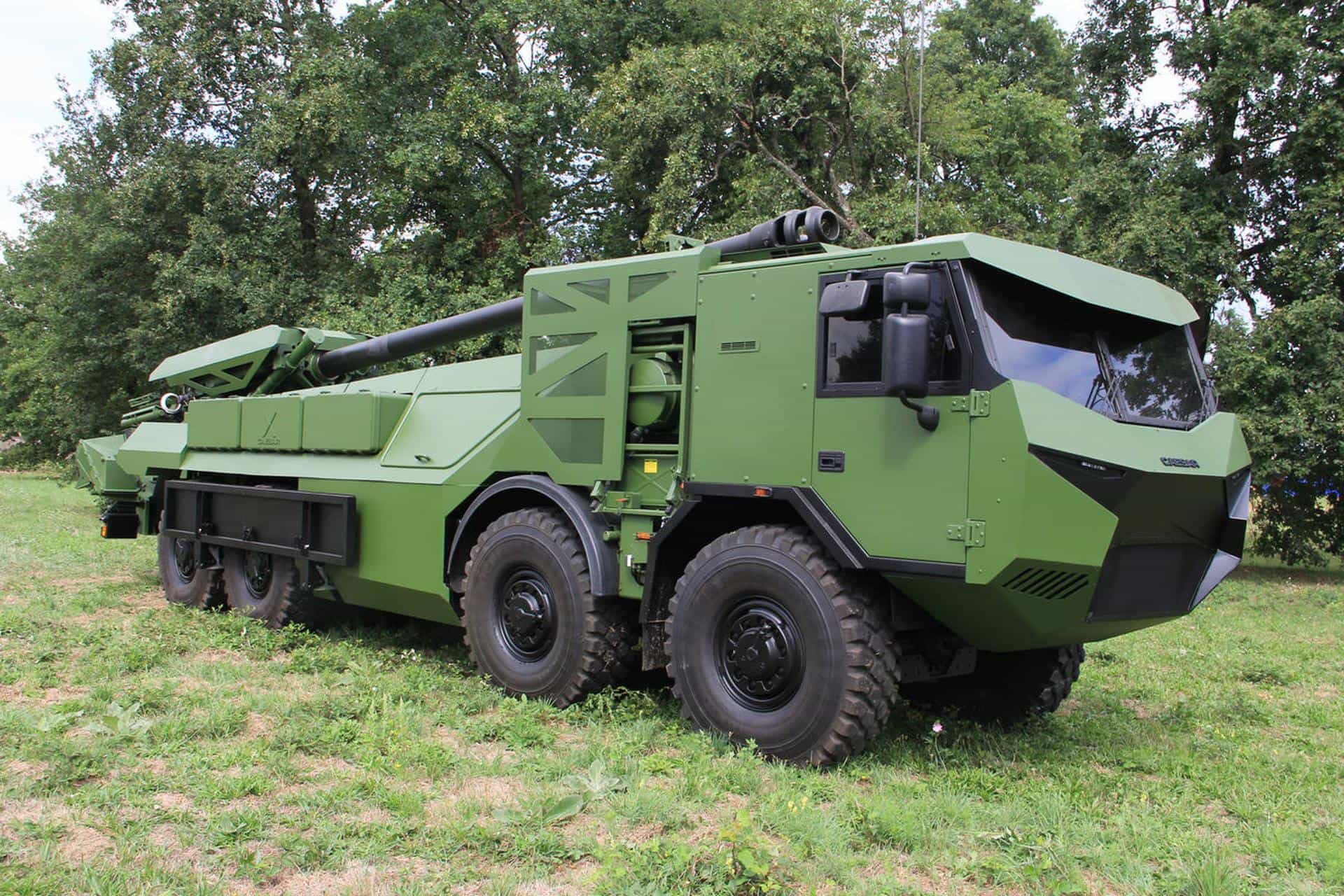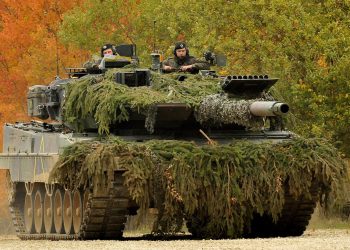,
WASHINGTON: Top US Army officials on Monday said they were still negotiating with the Pentagon about a drive to get a bigger budget, but the talks were going well and should be resolved by December.
Army Secretary Francis Harvey and Chief of Staff Gen. Peter Schoomaker declined to give any details about the budget they are seeking for fiscal 2008, but said they didn't want any increase to come at the expense of the other services.
They described the discussions with Pentagon budget officials as cordial and said they expected the matter to be resolved by December, when the White House usually finalizes its budget plans before sending them to Congress in February.
“So far it's headed in the right direction. It's a matter of getting into that fine-grain detail,” Harvey said, adding that reports of a bitter dispute with the Pentagon were wrong.
“Since June there's been a cooperative effort going on to match strategy and resources,” he told reporters at the annual meeting of the Association of the US Army.
Harvey said the Army had gone ahead with program reviews that normally take place after submission of a budget outline to speed up the process once the budget was submitted.
The Army did not submit a budget proposal by the Pentagon's mid-August deadline because it said it could not create a balanced plan, given the high tempo of operations in Iraq and the need to continue funding critical modernization programs.
“We felt that we had a challenge that we couldn't overcome,” Schoomaker said at a news conference with Harvey. He said he remained concerned about Army readiness, given rising personnel costs, growing equipment needs and tighter budgets.
The Air Force and Navy are also facing tough budgetary decisions. The Navy has committed to building a 313-ship fleet, but that means it will have to cut back its spending on airplanes. The Air Force has cut 40,000 people from its force in order to help fund tankers, cargo planes and fighter jets.
Schoomaker said U.S. defense spending now comprises about four percent of the nation's gross domestic product, a low percentage compared to historical levels during wartime, and said the nation could clearly afford to pay more for defense.
The United States spent 14 percent of its GDP on defense during the Korean War, and 9.5 percent during the Vietnam War. Even during the post-Cold War drawdown, spending had still comprised 4.8 percent of GDP, according to Army data.
Schoomaker said increases in supplemental budgets were helping replace and repair equipment worn out in Iraq and Afghanistan, but said the Army needed a bigger base budget to pay for some $100 billion in shortfalls over the past decades.
“This is not an issue of affordability for our nation; this is an issue of priority,” he said.
Both officials said they continued to back the Army's $130 billion Future Combat Systems modernization effort, led by Boeing Co. and Science Applications International Corp., which plans to raise just over $1 billion this week in one of the largest initial public offerings of the year.
Dennis Muilenburg, Boeing's FCS program manager, said the program was on schedule and one percent below budget.
Harvey said the Army expected to spend $32 billion on the modernization effort between fiscal year 2008 and 2013, and the project would wield considerable cost savings in terms of equipment and personnel.









